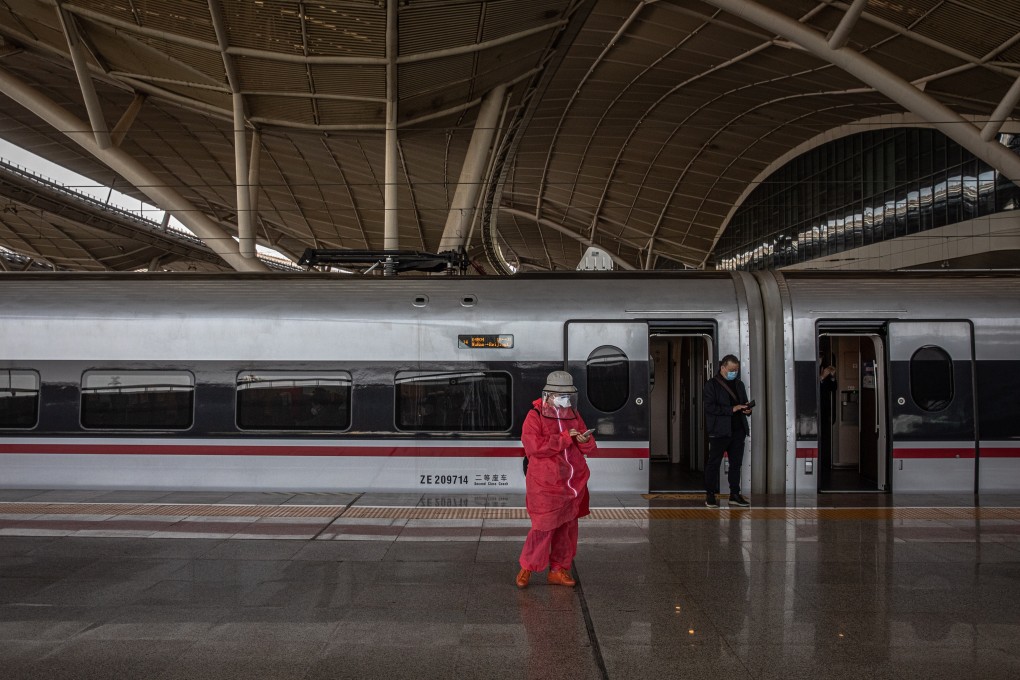Coronavirus: China gives green light to more domestic travel by unifying its chaotic QR health codes
- Codes showing green, yellow or red status determine a person’s right to travel, based on exposure to the virus
- Provinces had been operating their own codes and sometimes refusing to recognise those from other authorities

Eligible citizens who were previously subject to tough quarantine and travel restrictions will be allowed to travel around the country.
The standards will help provinces to acknowledge health codes from each other and facilitate travel, said the State Administration for Market Regulation (SAMR).
Facing a dilemma over how to prevent a re-emergence of the pandemic in China and boosting the country’s sluggish economy, the provinces and municipalities had previously introduced their own colour-coded QR systems, in an attempt to get people back to work while continuing to track any spread of the coronavirus.

In general, only carriers of a green colour code, indicating that they were healthy, were allowed to enter a city. Those with yellow and red codes needed to quarantine themselves at home and undergo supervised quarantine respectively.
The system determines a person’s health status based on factors such as travel history, duration of time spent in an outbreak-stricken area and relationships to potential carriers of the virus, and the system refreshes the colour codes at midnight on a daily basis.